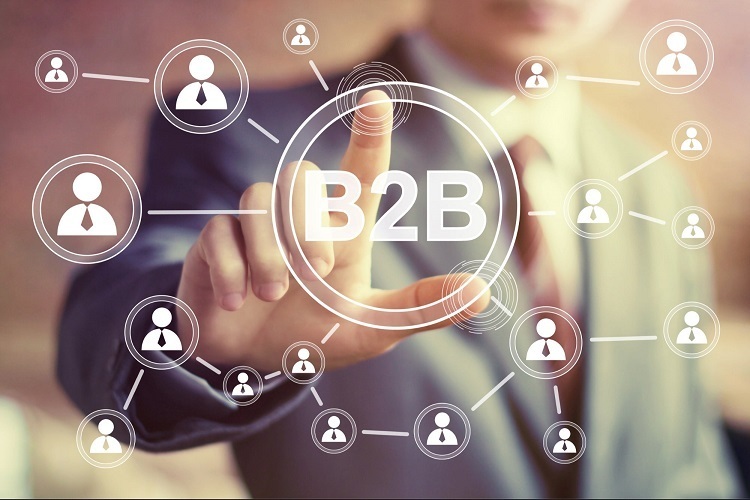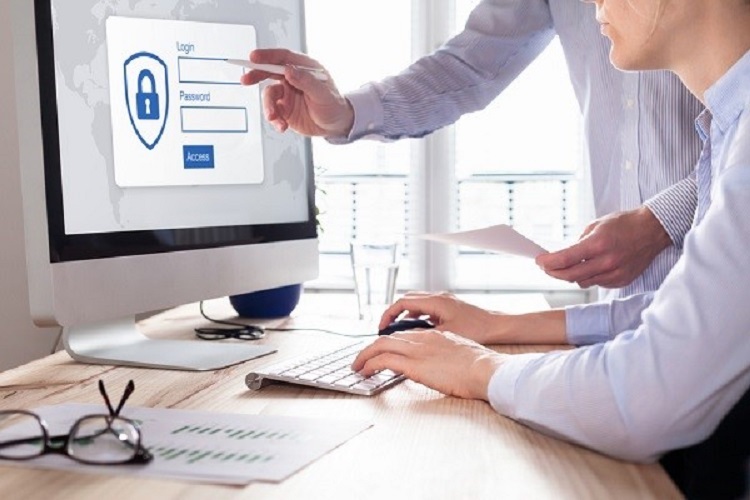- Usually, the amount of invoices for B2B businesses is large and these come in various formats. For instance, invoices received in traditional mail needs to be sorted out, opened, scanned and then fed into the AP system. As for the invoices received via e-mail, you need to save, store and if necessary, enter each of them manually, in case there is no automatic data extraction technology. Handling each of the invoices in this way will eat up the precious time of the organizations. Hence, digital system is a savior for B2B enterprises.
- In order to avoid mistakes, many organizations perform a validation before processing the approval and payment of the invoices. The accounts department needs to check out the name of the vendors, match his or her transactions and also find out whether the business is in good standing.
- Matching happens to be one of the most complex parts for any B2B business invoice transaction. The matching process can be done in the following three ways:
- Invoice > PO
- Invoice > PO > receiver
- Invoice > PO > receiver > inspection or document verification
- For a B2B organization, responding to the vendor calls and updating them about the payment process take most of the time. The sellers would like to have a confirmation of the invoices sent and then follow up to inquire about the payment status. Once the payment is done, the vendor may contact again to clarify any discrepancy or error. All these are excessively time consuming, but can be easily avoided through e-invoicing program integration. The portal will keep on updating about the status of the invoices once these are received from the vendor. In case of any disputes, collaboration is done online. There are no chances of mismanagement because everything is conducted in a planned manner.
- Small B2B organizations must integrate this system for the purpose of cash saving. It has been found that an organization can save up to 80 percent if they shift to the e-invoicing structure from the traditional paper-based systems. The relationship between the suppliers and the buyers remain strong because the payment process is not only fast but error-free as well.
With the integration of automated AP, this validation process becomes easy. The data capture technology can validate the details, which otherwise require manual processing and data entry.
This process of matching can be difficult if done manually because the business needs to check whether the invoice meets the organizational policy and if it doesn’t further steps are taken to reach a negotiation. Manual management of this matching process is quite challenging, but automated AP can perform the calculations and validations quite easily. In case the invoice fails to meet company obligations, the accounts department is informed to take up corrective action.
Even if the organizations are tech-savvy, embracing the innovative e-invoicing software is still low. But businesses are realizing the need for accepting this new technology because its many positive aspects can hardly be ignored.
According to a study, in 2014, the government and other business sectors have exchanged almost 170 billion invoices, and 26 billion of those invoices were sent electronically. However, the rate of e-invoicing software implementation is still low. It will be beneficial on the part of businesses to accept this change as soon as possible because the market in growing very fast. Although companies are inclined to approach this system strategically, the migration level is still slow. B2B businesses must reconsider their sluggish nature because the advantages of electronic invoicing are inescapable. Here are a few reasons to integrate this system to the organization, RIGHT NOW.








